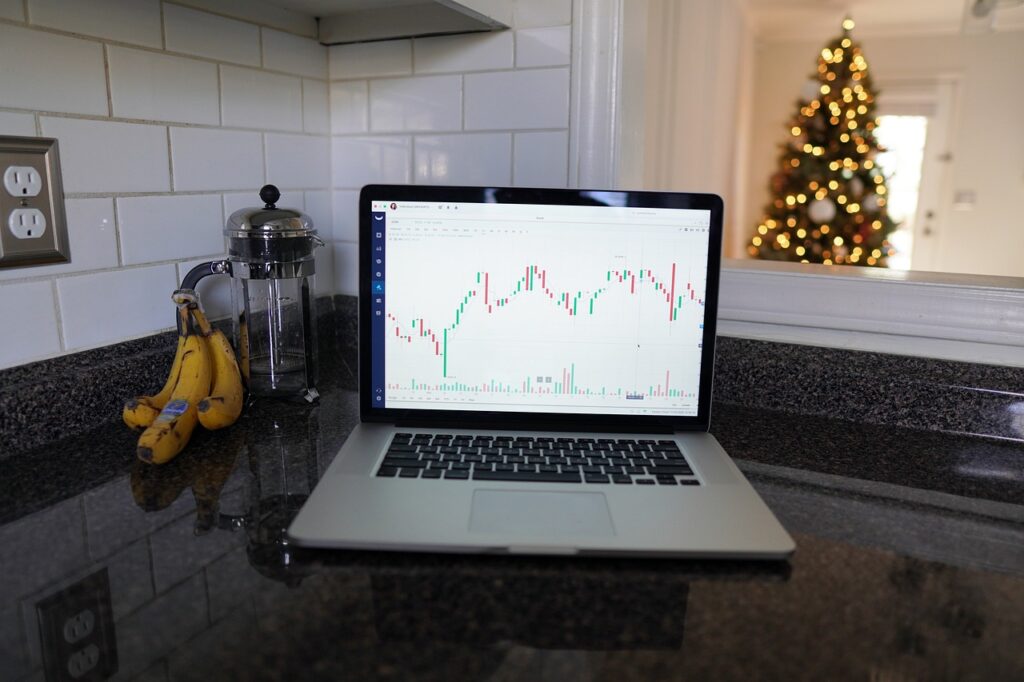
The importance of exercise and financial freedom are well understood independently. However, many don’t draw the correlation between the importance of one to another.
Discipline is practicing self-control, commitment, consistency, and resilience to achieve goals. It can be found on both paths to physical fitness and financial success.
It is fair to say that there are more physically fit people than rich people. This article is for those committed to your physical well-being, hoping to illuminate how you can use that same discipline to better your financial situation.
Self-Discipline in Fitness
In fitness, self-discipline manifests through regular workouts, proper nutrition, and adequate rest. This disciplined approach has numerous benefits: improved health, mental clarity, and increased energy levels.
These benefits enhance physical well-being and contribute to a sharper, more focused mind, which is crucial for making sound financial decisions.
The Parallels Between Fitness and Financial Discipline
Fitness and financial success share striking similarities. Both require setting clear goals, developing a detailed plan, and tracking progress. Just as you wouldn’t expect immediate results from a new workout routine, wealth accumulation is gradual.
The principles of delayed gratification and a long-term mindset are vital in both realms. Consistency and patience are the keys to achieving lasting results.
Building Financial Self-Discipline

Developing financial self-discipline involves budgeting, saving regularly, and investing consistently.
It is essential to avoid poor food consumption to achieve your fitness goals, such as avoiding impulsive spending and staying focused on long-term financial objectives.
The Fitness Advantage
Having the discipline to exercise regularly already gives you an advantage to financial success over those who do not.
“How?” You already understand that it requires enormous upfront work and dedication without an immediate payoff.
However, after a few months, you wake up one morning, look at yourself in the mirror, and think, “Wow, I did that.”
This “Wow” feeling of satisfaction trumps so many other wins in our life because it’s you, physically, looking great. Its undeniable that your efforts are and have been paying off.
From Fitness to Financial Excellence
Starting a fitness journey is always bumpy and slow. You don’t know what machines or equipment to use, and your program is all over the place. It can be discouraging not knowing if what you’re doing works or not.
Like your fitness journey’s humble beginnings, the financial journey will be the same. Having a mentor or coach can help speed up your growth, but not having one isn’t the end of the world, as all the information required to succeed is free online. You can find a starting point with resources like YouTube, online communities, and social media.
Start with what you know. Saving.
My Starting Points:
- Saving
- Budgeting
- Cutting expenses
Once you have these habits down, we move into investing. However, knowing where to invest can be its own challenge. Just like figuring out the most optimal program for yourself took some time, finding the investments that fit your goals and risk appetite will also take time.
Following Steps:
Picking something you understand is a no-brainer. An example of this can be Apple. I don’t believe Apple is going away anytime soon, so putting money there isn’t a bad idea.
While this is a low-risk investment because of Apple’s staying power, the low risk usually means low-profit gains.
You have to do research for investment vehicles with higher and quicker opportunities for profit gains. As things usually go, the higher the possibility of profit gain, the higher the risk. The only thing helping you mitigate your risk is your own research and understanding of said product.
No outcome is certain. You can do good research, invest well, and covid round 2 halts the markets.
This is where that same discipline and consistency come into play. Just like life obstacles and stressors can slow fitness progress, outside forces like politics or major pandemics can slow financial progress.
Investing appropriate amounts of money, the money you’re willing to lose, can help ease the emotional stress of seeing your portfolio in the red during times of market uncertainty.
A solid starting point when understanding how to invest is to begin with understanding money.
I began this journey by reading Lyn Alden’s book Broken Money.
Her presentation of how money has evolved with our species showed me a clear path to its future and helped form the foundation for how I choose investments today.
I’ve later joined communities of investors who are investing in similar vehicles to help grow my knowledge.
After placing my bets and investing, I practice the same discipline I use for exercise: self-control, commitment, consistency, and resilience to achieve my financial goals.
In Summary
Drawing from the same discipline of exercise and applying it to your financial growth can help you achieve your financial goals. The road will be the same, bumpy, cloudy, with results far out of sight, but they come. Start by saving money, building a budget, sticking to it, and cutting down on expenses. Do your research on what kind of investments are right for you, high risk, high reward, low risk, low reward, or maybe somewhere in the middle, but remember, research and knowledge help mitigate risk. The more you know, the faster you can get to your financial goal. And if you don’t know where to start, I recommend to start with learning about money. Again, Lyn Alden’s book Broken Money is an excellent starting point.
Whether you haven’t started this journey, are in the middle of it, or have gone beyond your initial goals, I’d love to hear from you. Share your own experiences or tips on building discipline in the comments below or tag me on X @WiredForPower. Thank you.

